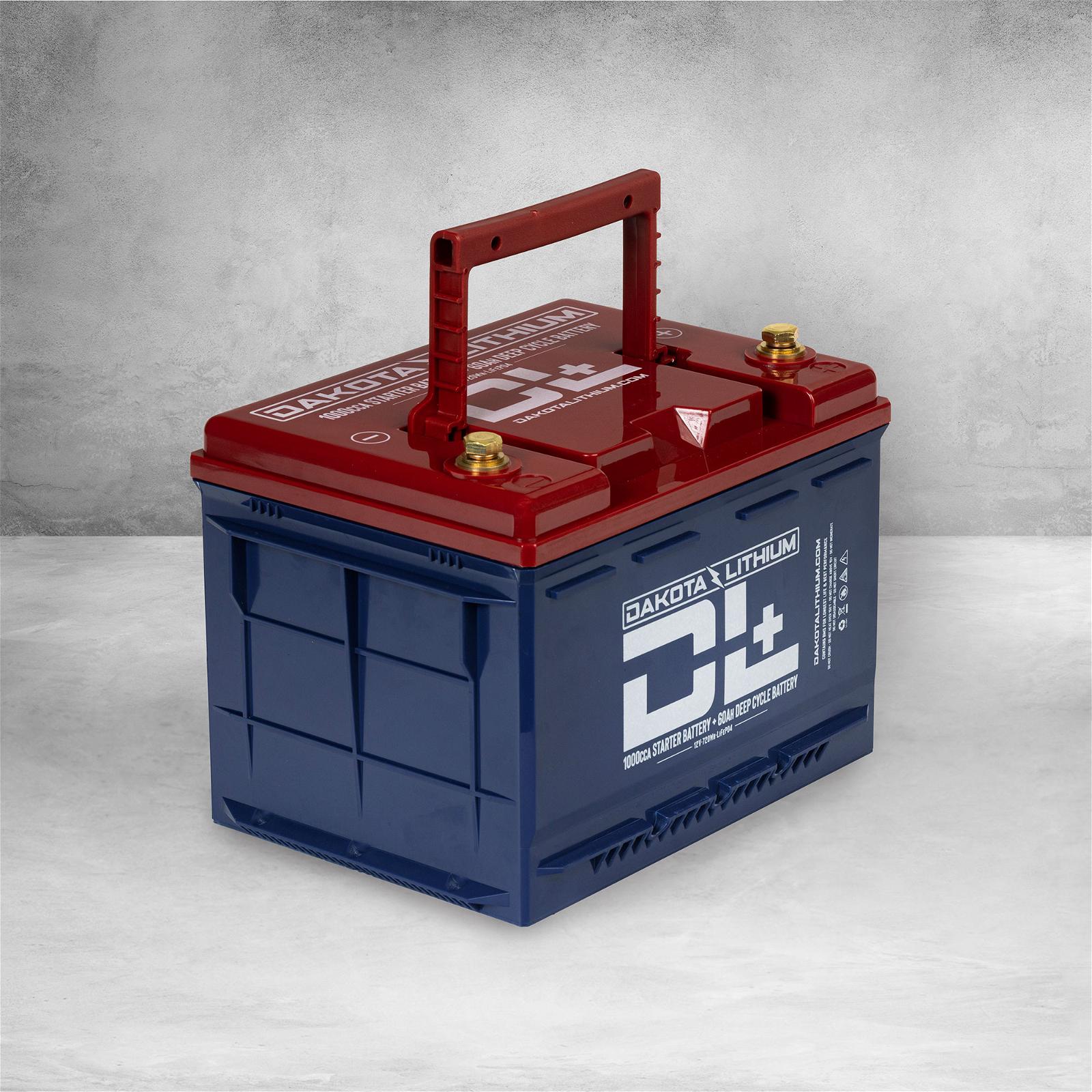I just got a spam E-mail about LifePo4 starter batteries. A short cruise through Amazon showed "several direct from China" rated as starter battery.
Anybody got feedback?
https://www.amazon.com/Battery-Auto...o4+automotive+starting+battery,aps,335&sr=8-5
Anybody got feedback?
https://www.amazon.com/Battery-Auto...o4+automotive+starting+battery,aps,335&sr=8-5



